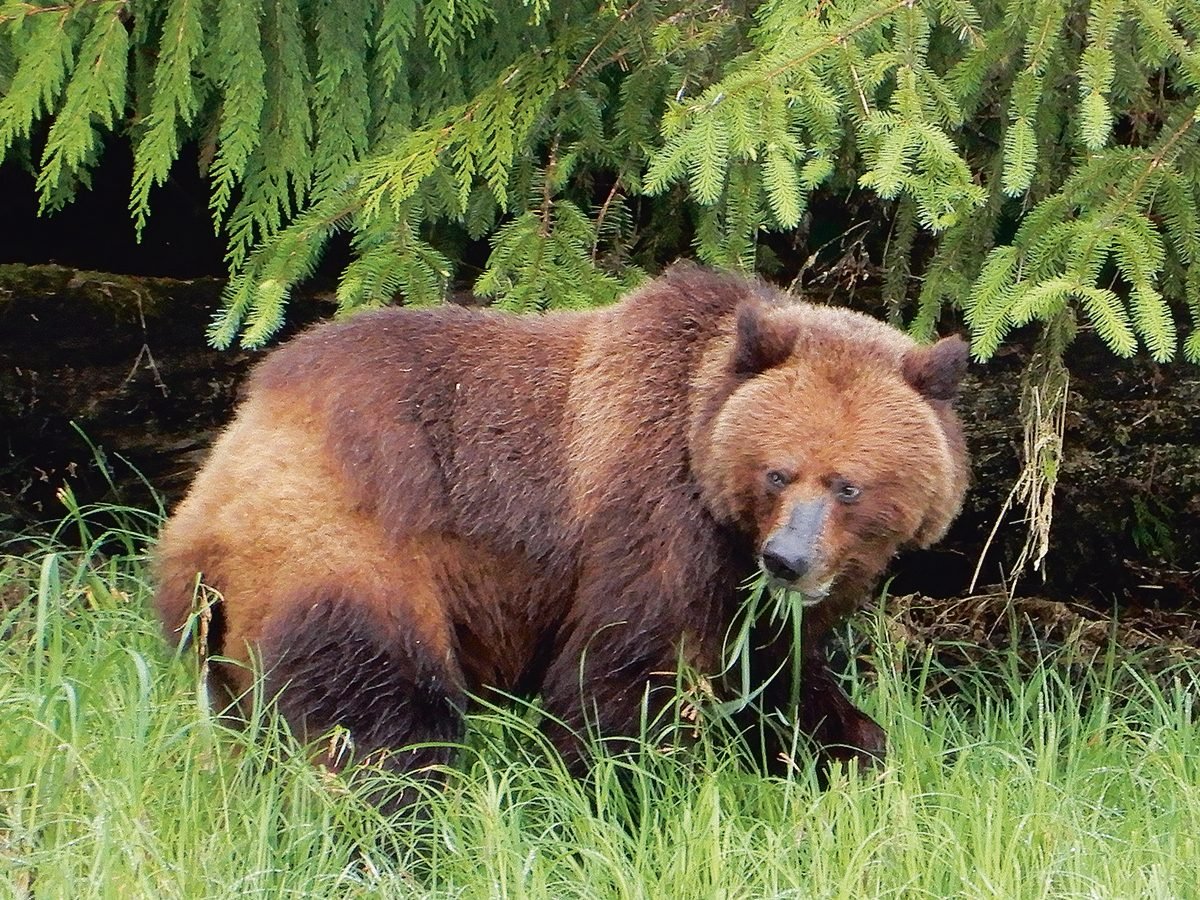
A one-day grizzly tour of Prince Rupert
Thousands of years ago, grizzly bears ranged across western North America from Mexico to Alaska. Today, there are no grizzly bears in Mexico. In the continental lower 48 United States, grizzlies are scarce, with an estimated 1,500 remaining close to the Canadian border, protected in Wyoming, Idaho, Montana and Washington. Far more grizzlies live in Canada, but more than half the estimated grizzly population in North America lives in Alaska.
In 2018, I took a one-day trip with Classic Canadian Tours to see Canadian grizzly bears. Along with 99 other passengers on a chartered Canadian North aircraft, we flew from Edmonton to Prince Rupert, B.C.
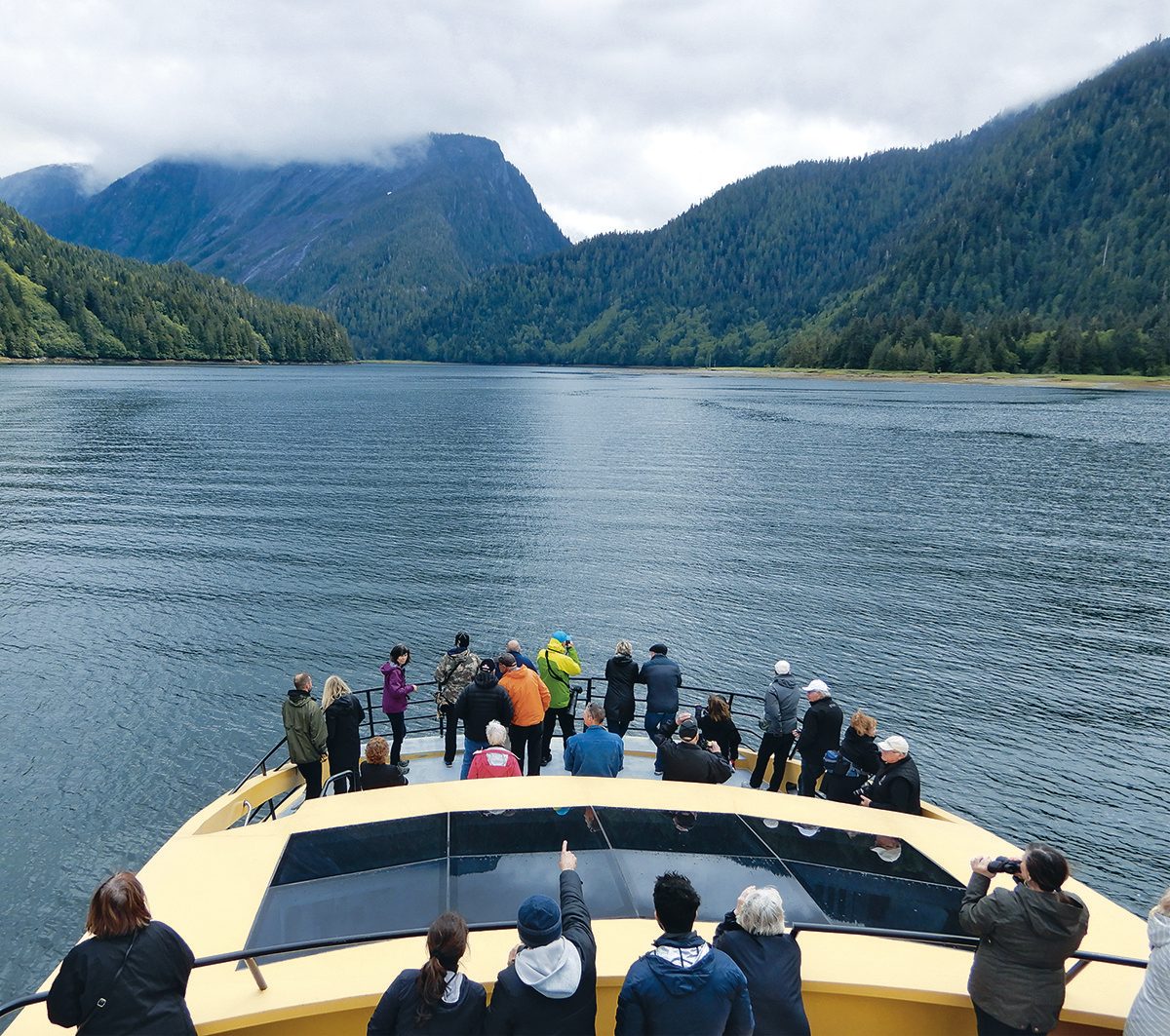
From sky to sea
During the flight, naturalist Les Stegenga gave an informative talk to prepare us for the trip. He has studied grizzlies and polar bears in Canada, and wildlife in Africa and China, as well as working as a senior keeper at the Calgary Zoo.
After landing at the Prince Rupert airport, a five-minute bus ride took us to the dock where we began our hunt for bears on an eight-hour cruise operated by Prince Rupert Adventure Tours. Upon arriving at waterside, we boarded the appropriately-named 72-foot catamaran Inside Passage. Our route took us along the coast north of Prince Rupert to the Khutzeymateen Inlet, where the Khutzeymateen Grizzly Bear Sanctuary protects some 50 grizzlies as well as the smaller black bears in the area. Available only by water or air, the Valley of the Grizzly was our destination.
Here’s what it’s like searching for spirit bears in B.C.’s Great Bear rainforest.
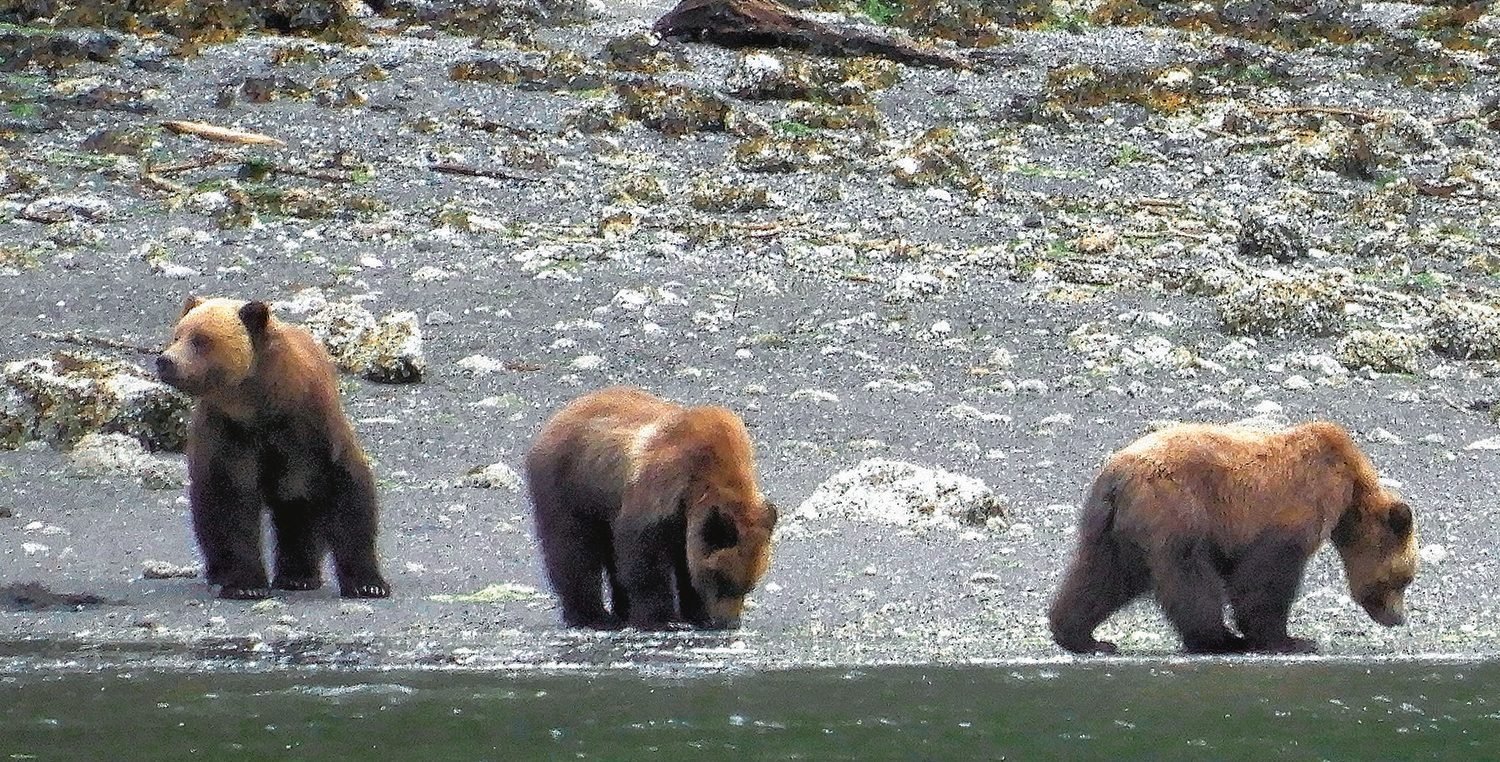
Capturing grizzly bears on camera
Along the inlet we saw handsome grizzlies, all feeding close to the shore, eating sedge grass or digging for clams. For the bears, salmon season would come later in the year. Probably everyone on board had a camera; some folks used their cell phone cameras and several serious photographers used single lens reflex cameras with huge lenses.
The splendid scenery of a calm sea, mountains and endless forest added to the rewards of the day. We were spared rain in an area normally known for 265 days of precipitation a year. The day was overcast but with bright conditions. It was perfect for photography, with even lighting, no harsh shadows and rich colours.
Find out which region can claim to be the wettest place in Canada.
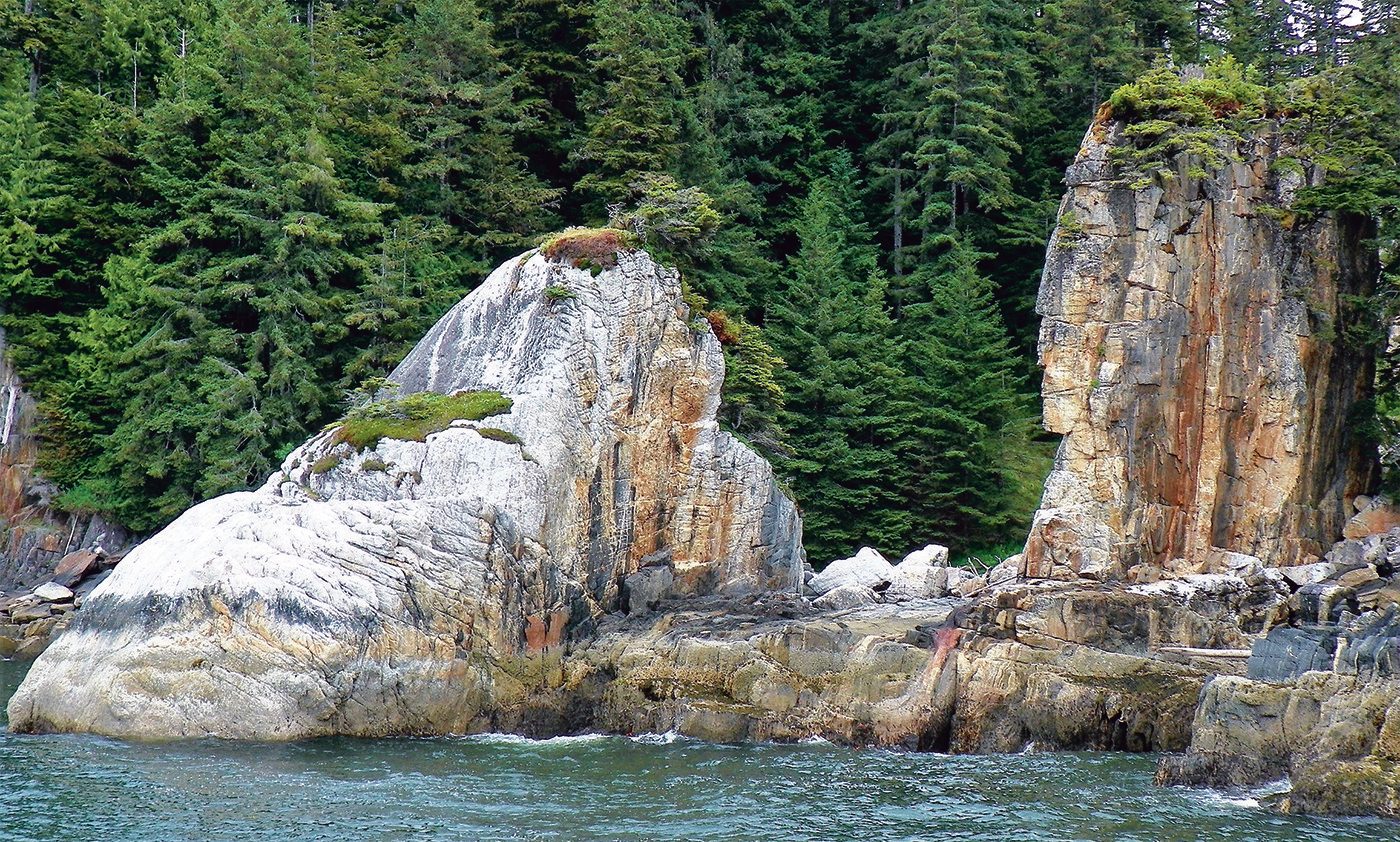
Pristine wilderness
In some respects, the tour was a trip back in time, where we were surrounded by untouched wilderness, to see the native denizens of the area. A couple of small fishing settlements and two or three fishing boats were the only evidence of civilization. The return trip provided a close-up look at seals, pods of orcas and humpback whales, as well as harlequin ducks, gulls and other birds.
Check out the highlight of one Our Canada contributor’s Vancouver Island grizzly bear tour.
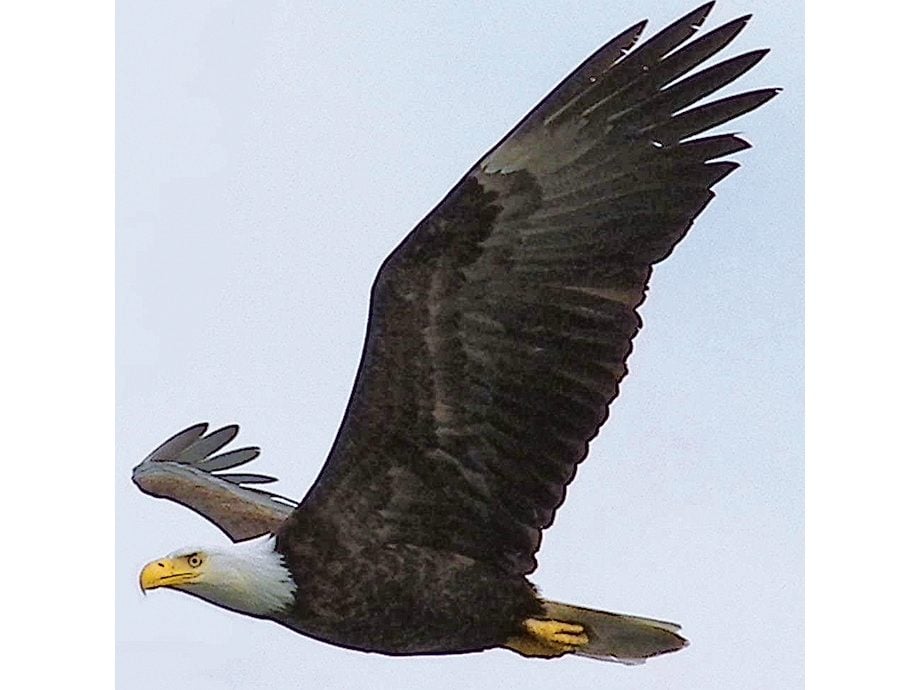
A close encounter with bald eagles
During the return trip, one of the crew announced, “We have one more treat for you, as we will soon have a close-up look at bald eagles.” Those magnificent birds knew what to expect. As the boat slowed, we were pursued closely by a bald eagle, then two, then eight, then more. Cameras were busy catching photos of eagles in flight as our vessel came to a halt for an amazing spectacle!
A crew member began tossing chunks of meat overboard and we were completely surrounded by at least a dozen bald eagles diving to pick up morsels from the water with their talons, then transferring them to their bills and circling the boat again for another reward. It was a practice the eagles had learned from picking up scraps tossed overboard from fishing boats. It was a rare opportunity for a very close look at the eagles and a chance to shoot them with a camera.
Check out more beautiful Canadian bird photography.
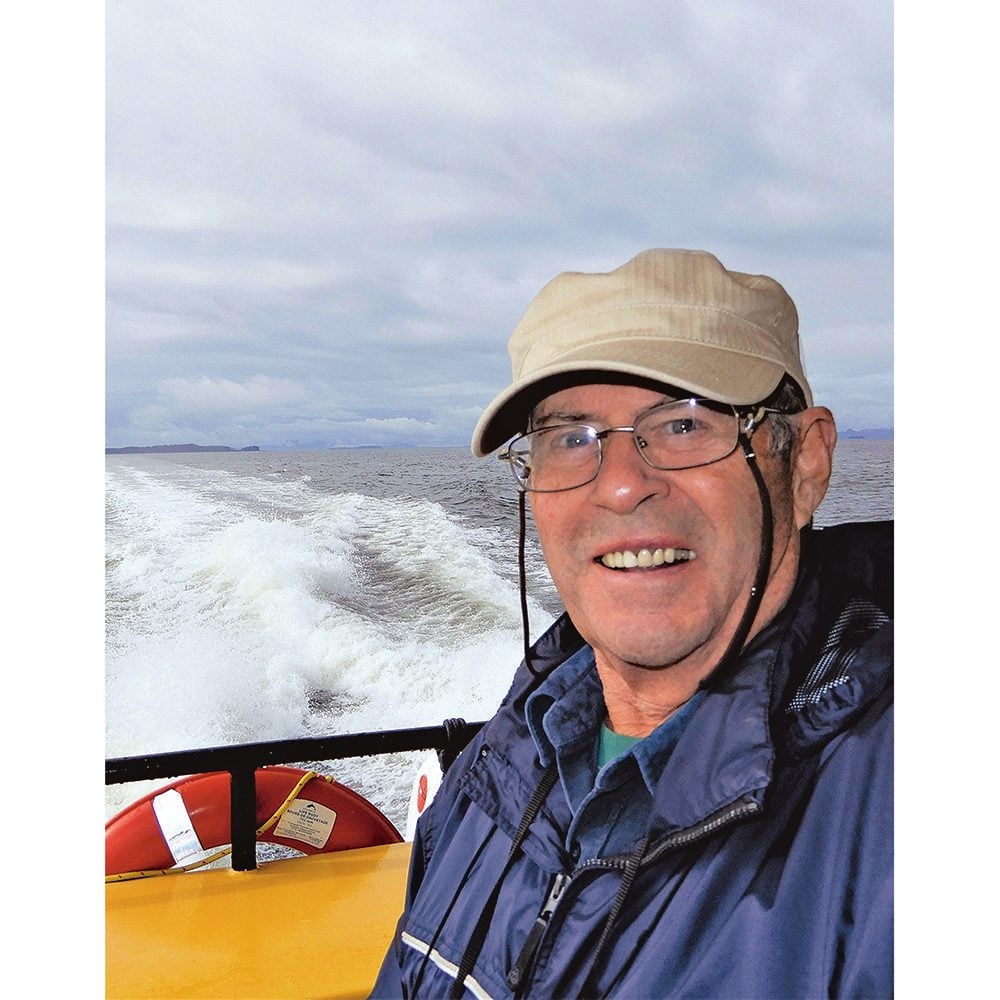
A final reward
As we flew home, I had one more reward. I got the prize for guessing the exact time of touchdown on the tarmac at Prince Rupert—8:31 a.m. I was given a fine, large photo of a grizzly, matted and ready for framing, taken by naturalist Les Stegenga. It’s now displayed on my wall at home!
Next, explore the best wildlife experiences in every province.